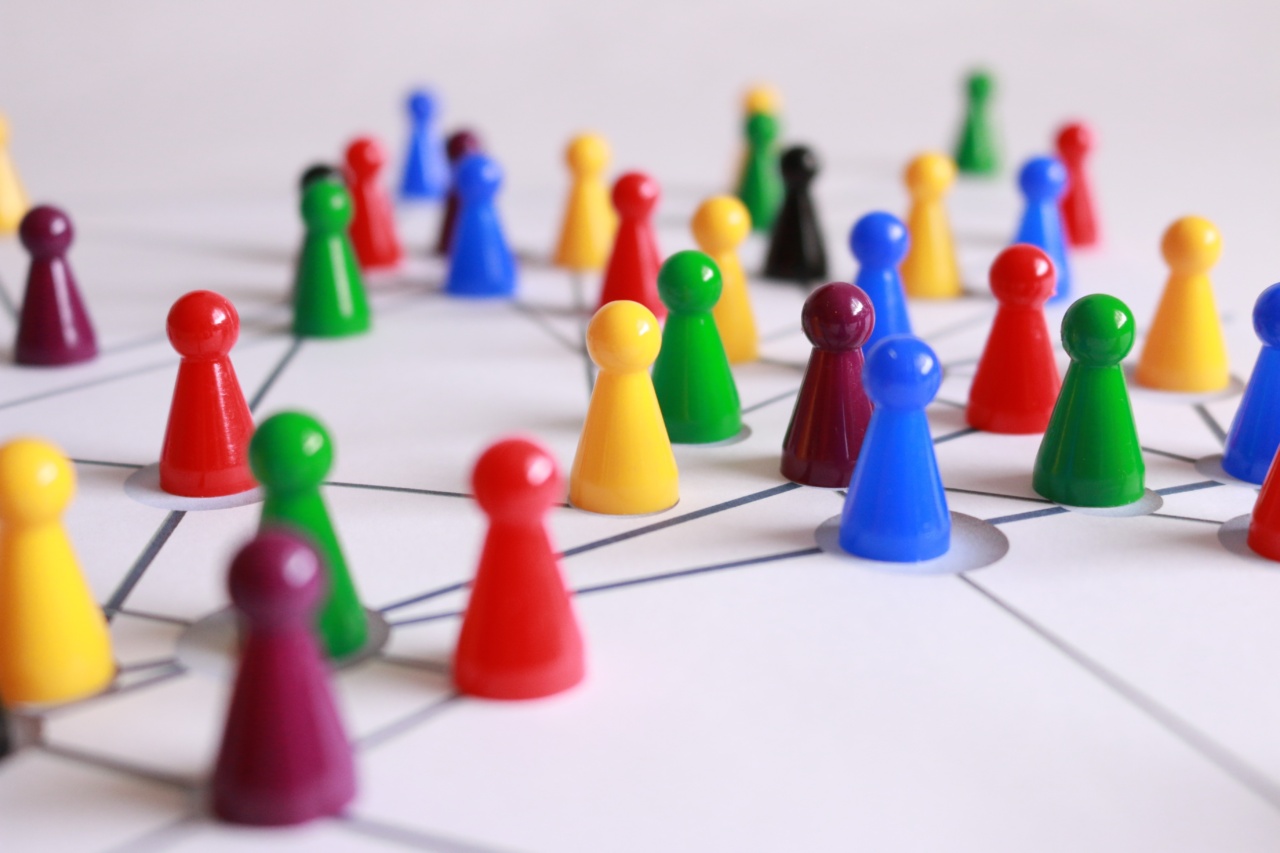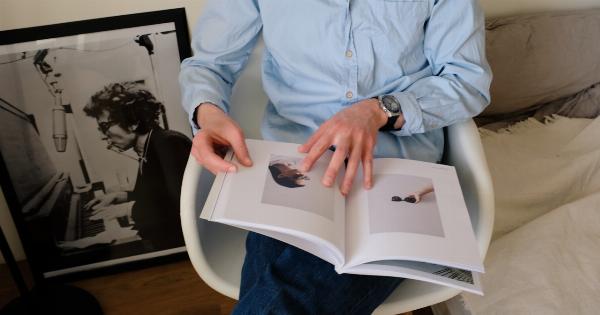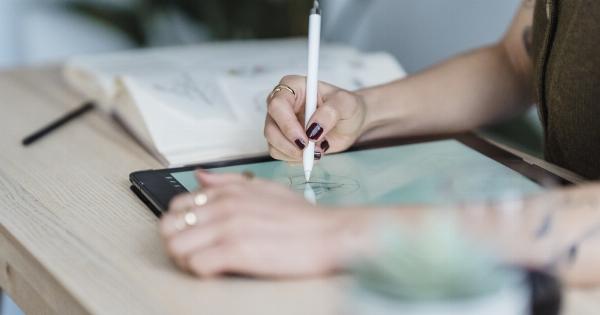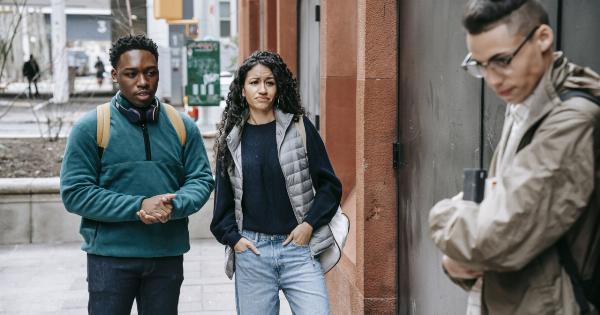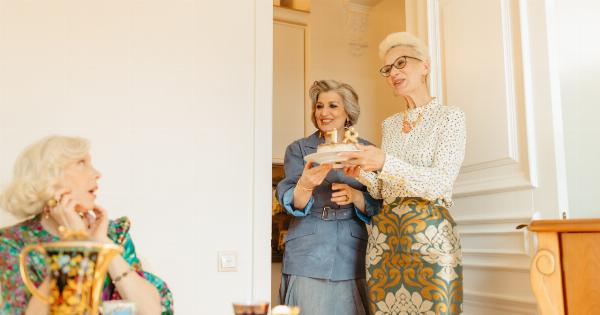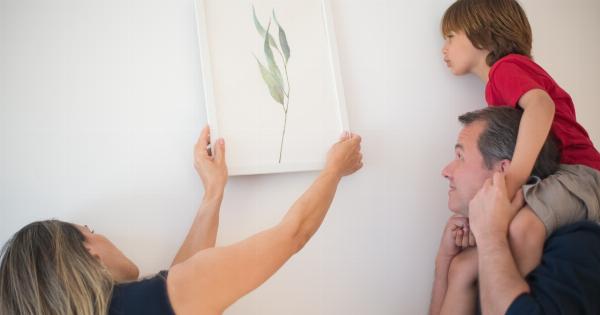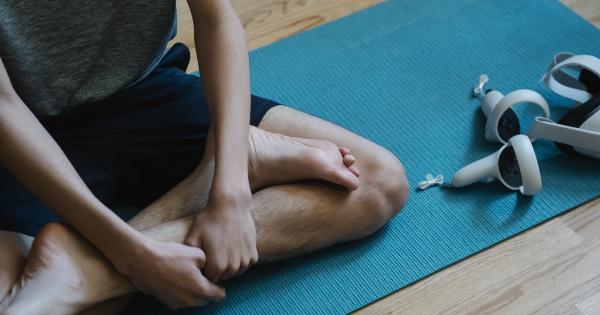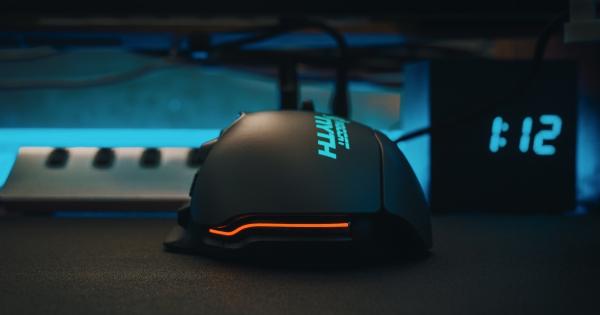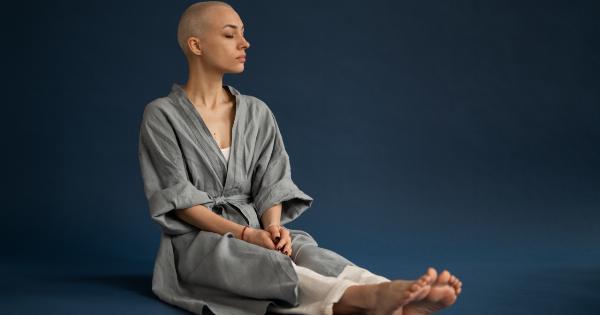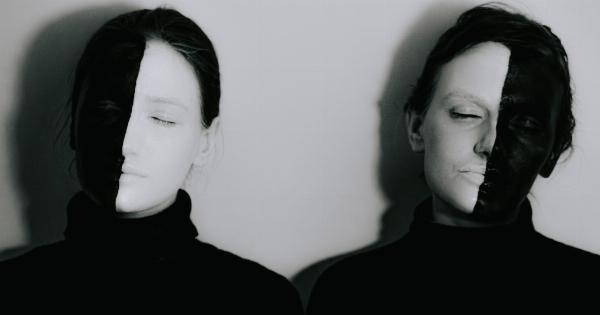Stigma surrounding mental health and various medical conditions continues to persist in society, often hindering progress and creating barriers to treatment and support.
However, art has emerged as a powerful tool for reframing health narratives, challenging preconceived notions, and fostering empathy and understanding. Through various artistic mediums, individuals and organizations are employing creativity to break down stigmas, promote acceptance, and initiate conversations about health in innovative ways.
Art as a Catalyst for Change
Art has long served as a vehicle for social commentary and activism. In the realm of health, it provides a unique platform for individuals to express their experiences, advocate for change, and create dialogue.
By visualizing and representing their lived realities, artists can tackle societal stigmas head-on, pushing for greater acceptance and understanding.
The Power of Visual Representation
Visual art has a distinct ability to challenge societal norms, push boundaries, and evoke emotions. Artists who deal with health-related themes often go beyond documentation and stereotypes, delving into the complexities and nuances of their subjects.
Through their unique perspectives, artists can humanize health conditions that are often stigmatized, provoking viewers to question their own prejudices and preconceptions.
Breaking Mental Health Stigmas
Mental health stigmas are pervasive and can have devastating consequences for individuals seeking help. However, through art, mental health narratives are being reshaped, destigmatizing conditions such as depression, anxiety, and bipolar disorder.
Artists are using their creativity to communicate the lived experiences of individuals affected by mental health issues, fostering empathy and understanding among viewers.
Photography as a Medium
Photography has the power to capture the rawness and vulnerability of human experiences. Through poignant images, photographers are shedding light on mental health struggles, challenging stereotypes, and advocating for change.
Their snapshots of everyday life, often showcased in galleries and online platforms, bring mental health issues to the forefront and encourage conversations that can lead to improved support networks and reduced stigma.
Performing Arts and Health Advocacy
The performing arts, including theater, dance, and music, offer unique avenues for confronting health stigmas. Performances can provoke deep emotional responses, allowing audiences to connect with the stories being told on stage.
Artists are using their craft to explore topics such as addiction, HIV/AIDS, and disability, engaging viewers in thought-provoking discussions and challenging societal biases.
Art Therapy for Healing and Empowerment
Art therapy utilizes artistic mediums to support individuals in their healing journeys. Through creative expression, therapy participants can explore and process their emotions, gaining insights into their experiences and finding inner strength.
Art therapists work with individuals dealing with various health conditions, including trauma, chronic illnesses, and mental health disorders, providing a safe space for them to reframe their stories and heal.
Art Installations: Shaping Public Spaces
Public art installations have the power to transform the way people perceive and engage with health issues.
By placing evocative and thought-provoking artworks in public spaces, artists can challenge societal stigmas and encourage passersby to question their own biases. These installations initiate conversations about health, fostering inclusivity and reframing public discourse on various conditions and disabilities.
Using Art as a Tool for Education
Art has the potential to communicate complex health information in a visually compelling and understandable manner. From infographics to illustrations, artists are simplifying medical concepts and breaking down barriers to knowledge.
By presenting information in engaging and relatable ways, art can empower individuals to take control of their own health and dispel common misconceptions.
Art and Empathy in Healthcare Settings
Art plays a crucial role in humanizing healthcare environments and fostering empathy among patients, healthcare providers, and the broader community.
Hospitals, clinics, and care centers are increasingly incorporating art into their spaces, creating welcoming and calming environments that promote healing and well-being. From murals to sculptures, art creates a sense of unity and reassurance, challenging the clinical atmosphere that often exacerbates health-related fears and anxieties.
Conclusion
Art has the potential to shape conversations, challenge stigmas, and reframe health narratives.
From visual art to performing arts, art therapy, and public installations, creative expression provides a vehicle for individuals and organizations to advocate for change and promote empathy and understanding. By harnessing the power of art, we can work towards a society that strives for inclusivity, acceptance, and a more compassionate approach to health.
